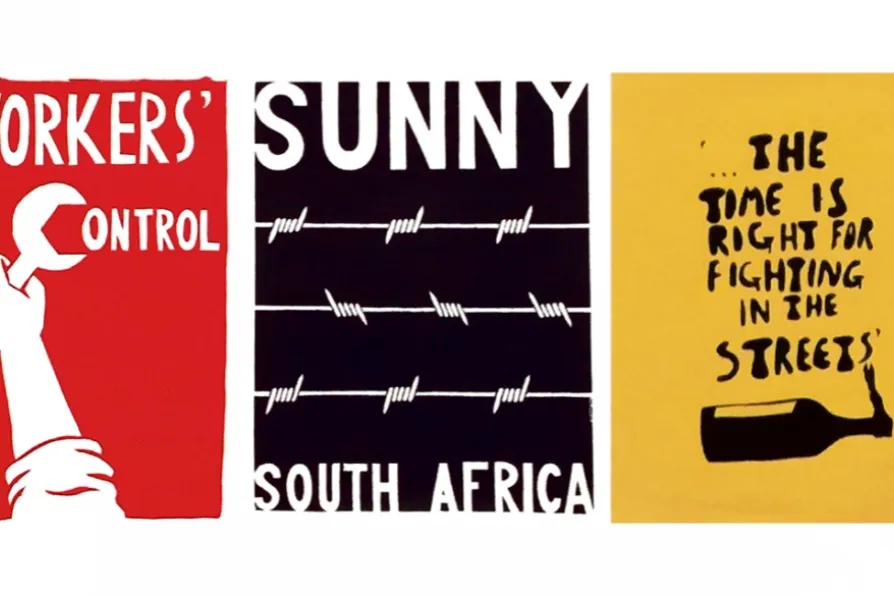IAN SINCLAIR reviews new releases from The Beaches, CMAT and Katheleen Edwards


London: 1968
Tate Britain, London
TUCKED away in a side room adjacent to the Tate Britain gallery where the paintings of the early 20th century anti-war artist Mark Gertler are displayed — always worth a viewing — is an interesting exhibition of artworks, political ephemera, manifestos and posters that take us back to 1968.
It's an eclectic mix, with a wall of sculptural pieces including artworks from the 1969 ICA exhibition When Attitudes Become Form.

Starmer sabotaged Labour with his second referendum campaign, mobilising a liberal backlash that sincerely felt progressive ideals were at stake — but the EU was then and is now an entity Britain should have nothing to do with, explains NICK WRIGHT

Deep disillusionment with the Westminster cross-party consensus means rupture with the status quo is on the cards – bringing not only opportunities but also dangers, says NICK WRIGHT

Holding office in local government is a poisoned chalice for a party that bases its electoral appeal around issues where it has no power whatsoever, argues NICK WRIGHT

From Gaza complicity to welfare cuts chaos, Starmer’s baggage accumulates, and voters will indeed find ‘somewhere else’ to go — to the Greens, nationalists, Lib Dems, Reform UK or a new, working-class left party, writes NICK WRIGHT














